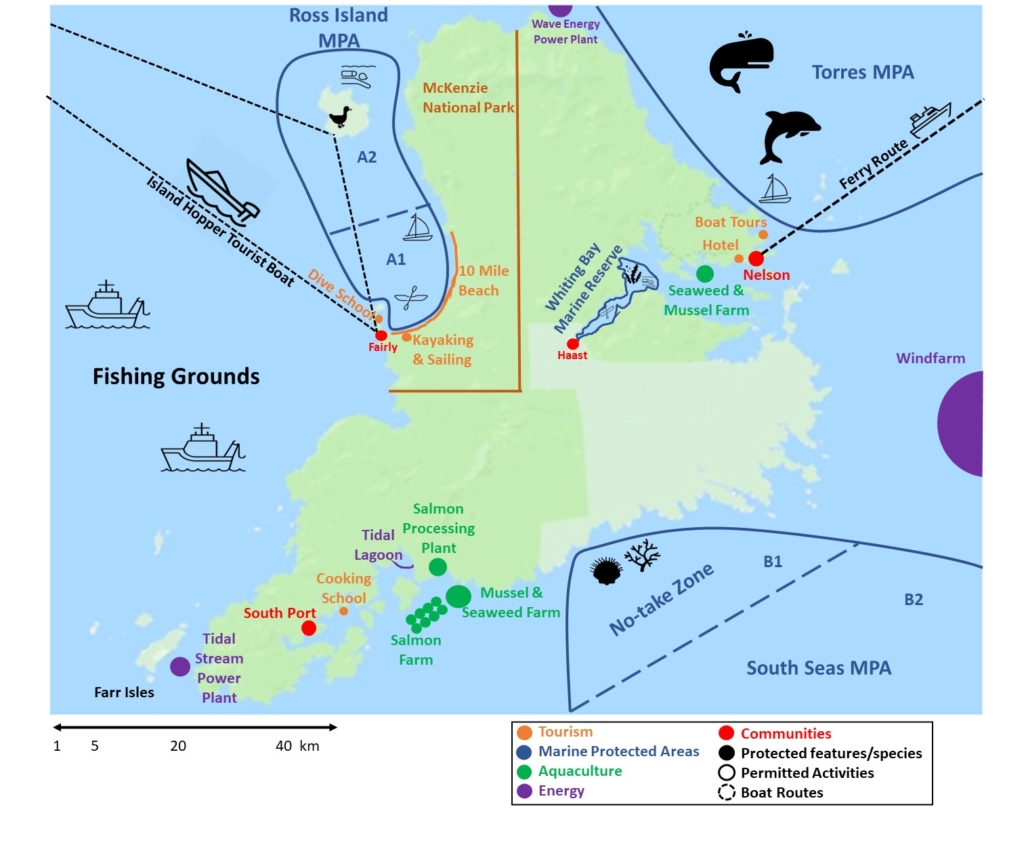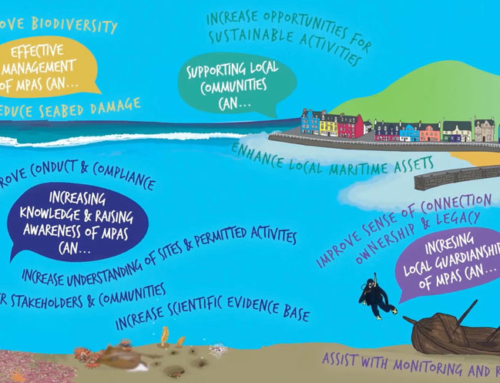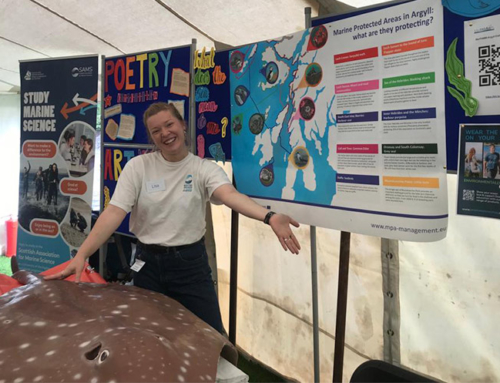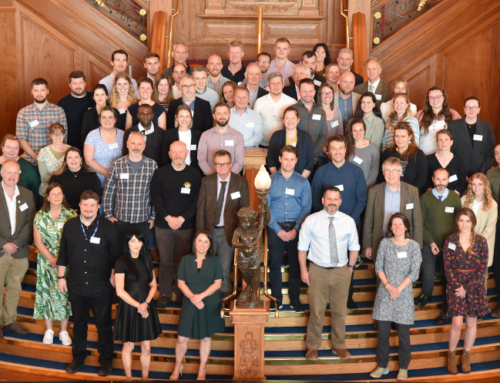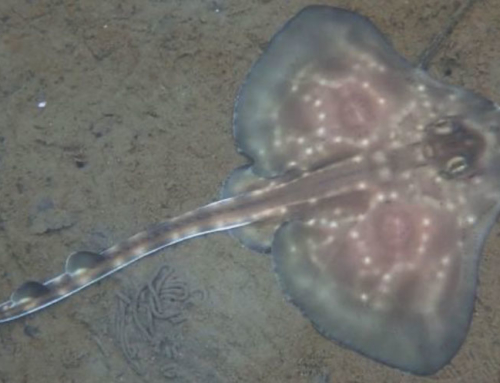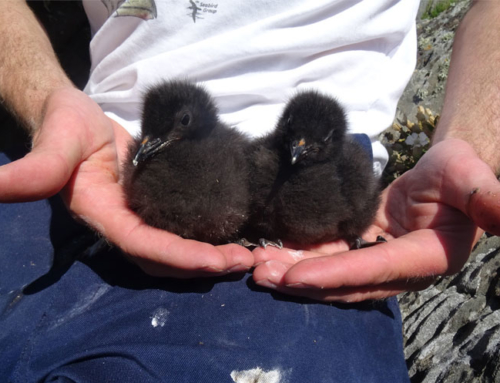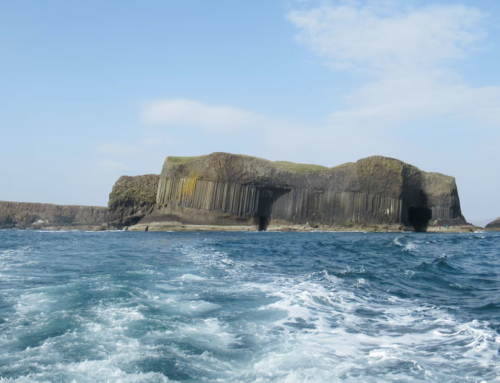During the ‘MPA planning best practice workshop’ on 11-12 March 2019 MarPAMM staff member Owen McGrath from NatureScot ran an activity on marine spatial planning that has since made it into the curriculum for the BSc (Hons) Marine & Freshwater Biology at the University of Glasgow. Senior Lecturer in Marine Ecology Dr David Bailey attended the workshop and adapted the exercise to feature in a final year module on ‘Fisheries, Aquaculture and Marine Conservation’. Owen was invited to the final session when the students presented their work. Read below a short piece from Conner, one of the students, about what he learnt.
Designing a sustainable island – by Conner McCall
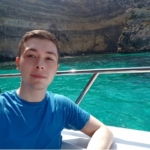 “We were given a blank map of a fictional island and a short summary of the opinions and demographics of four different communities on this island. Our task was to design and annotate the map and to create a marine spatial plan for the island that involved developments in tourism, aquaculture, renewable energy, and marine conservation.
“We were given a blank map of a fictional island and a short summary of the opinions and demographics of four different communities on this island. Our task was to design and annotate the map and to create a marine spatial plan for the island that involved developments in tourism, aquaculture, renewable energy, and marine conservation.
First we evaluated the opinions of the communities and the importance of certain industries to the island. It was clear that sustainability and ecotourism were important to the island communities, while the fishing industry contributed significantly to the island’s income.
Based on our finding we designed developments that would boost sustainability and tourism without affecting fisheries substantially. We proposed developing multitrophic aquaculture, renewable marine energy, and marine protected areas. Each development was designed to encompass as many industries on the island as possible, so that the presence of one inferred a bonus to another. For example, a cookery school was placed near a salmon and seaweed/mussel multitrophic farm ensuring that water quality improvements by the seaweed and mussels mitigated the impact of the salmon farm while both farms provided fresh seafood for the cookery school. This led to the design of five tourism activities, four renewable energy options, four aquaculture businesses and four marine protected areas.
Overall, I feel the marine spatial plan my group created reflected the views of the island communities well while ensuring a more sustainable, eco-friendly, and profitable future for the island.
I found the activity enjoyable and interesting, and I have learned new skills related to marine spatial planning. It was challenging to decide on the right balance between profitability, sustainability and the views of the community, which taught me that in real-world scenarios this process requires a great deal of skilful communication between stakeholders and industries.”
